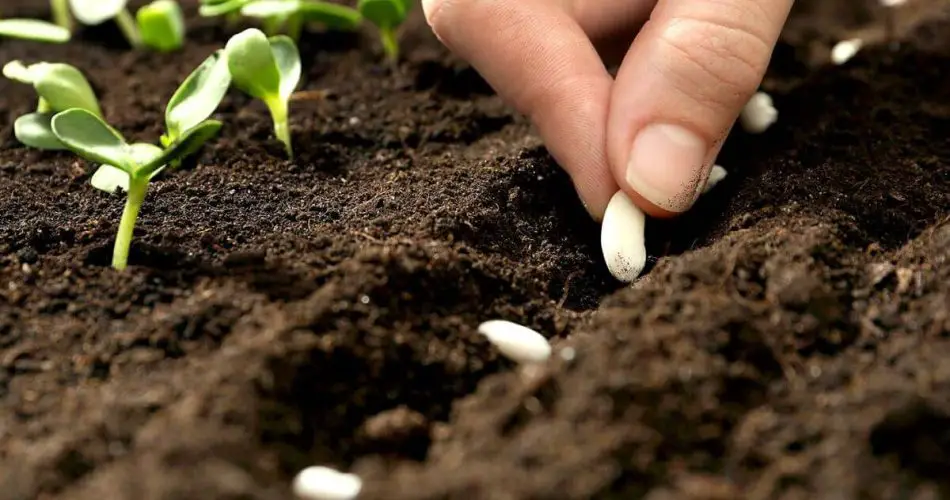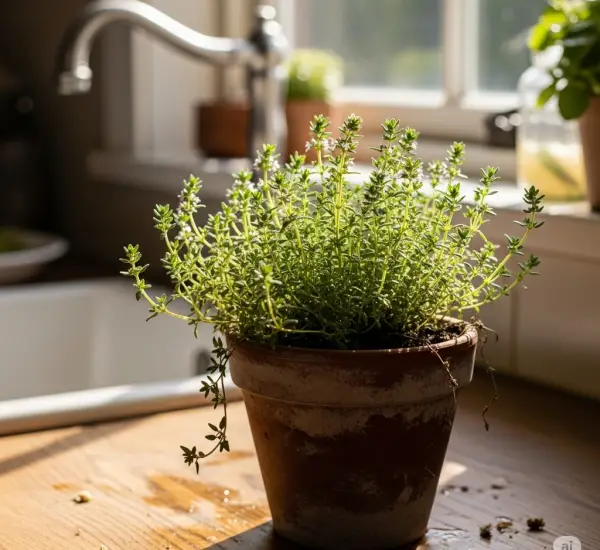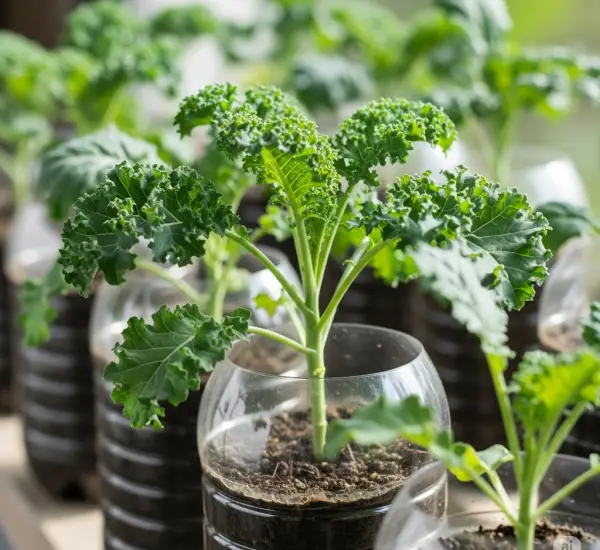Embarking on a late-summer planting adventure? August offers a plethora of options for those keen on securing a fruitful harvest in the upcoming fall and winter months. While there are over 30 crops you can consider, this post zeroes in on the 9 crops that stand out as fall staples. Follow along as we explore these resilient vegetables, carefully selected for a bountiful yield in the crisp days of September and October.

Planting Dates and Frost Precautions: Your precise planting window hinges on the anticipated first frost date. For an optimal fall and winter harvest, commence planting 8 to 10 weeks before the expected first frost. If, like me, your first frosts usually arrive around November 1st, you’re looking at a planting period spanning August 15 to 31. Plant within this timeframe, and you can anticipate a robust harvest spanning fall and gracefully extending into winter.
9 Vegetables to Sow in Mid-August for Harvests in September-October:
- Brassica or Rapeseed Crops:
- Broccoli, cabbage, cauliflower, kohlrabi, and Brussels sprouts shine in the fall.
- Opt for seedlings instead of seeds for successful growth.
- Plant seedlings approximately 6 weeks before the first frost, ensuring protection with fabric covers or greenhouses at season’s end.
- Kale:
- A hardy member of the brassica family, kale withstands fall and winter conditions.
- Considered a cold-tolerant crop, kale can be overwintered with adequate protection.
- Plant seeds or seedlings 8 weeks before the first frost for sweet, flavorful leaves throughout winter.
- Lettuce:
- Flourishing abundantly in fall and early winter, lettuce is a delight to grow.
- Fall lettuce benefits from moderate frost and cooler night temperatures.
- Start planting 8 weeks after the first frost, extending planting for up to two weeks for varied harvest times.
- Chinese Green Vegetables:

- Pakchoi and Tatsoi, part of the Brassica family, are robust choices for fall.
- Plant seeds 8 weeks before the first frost or start them indoors for earlier planting in cleared garden spots during fall.
- Carrots:
- A late fall and winter treat, carrots undergo a delightful sweetness after temperatures drop.
- Provide extra attention in the warmer August weather for successful sprouting.
- Lightly water the seedbed once or twice a day and consider covering with damp burlap or straw in colder weather.
- Spinach:
- An extraordinary fall plant, spinach can be harvested for 6 to 8 months with protection.
- Plant spinach in August for a mid-October harvest, continuing planting up to 2 weeks before the first frost for an overwintered early spring harvest.
- Swiss Chard:
- A robust and hardy companion to spinach, Swiss chard provides fall and winter harvests.
- Follow the same planting guidelines as spinach, ensuring early planting for fall and winter crops and later planting for early spring.
- Beets:
- Early-planted beets yield a steady crop of roots in late fall.
- Late plantings produce flavorful tops, adding diversity to fall salads.
- Initiate planting 8 weeks before the first frost for optimal root development.
- Turnip:
- Once relegated to fodder, modern turnips offer improved taste and variety.
- Opt for flavorful oriental varieties and smaller-rooted turnips for culinary diversity.
- Plant turnips early (8 weeks before the last frost) for root harvest, as later plantings focus on producing tops.
Other Crops You Can Sow Mid-August for Fall Harvests: While the above 9 crops form the backbone of a fall and winter garden, there’s an additional array of options to diversify your yield. Consider sowing crops like rocket, chicory, sorrel, radish, parsley, endives, dandelion, leeks, lamb’s lettuce (sow in September),radicchio, and mizuna for a comprehensive vegetable garden that provides year-round enjoyment. For more winter harvest ideas, explore these 9 vegetables perfect for sowing now for winter yields. Happy planting!




